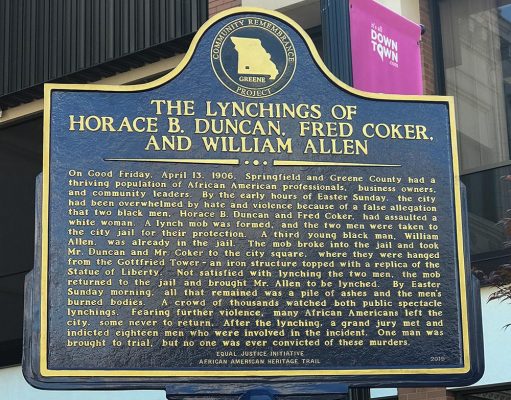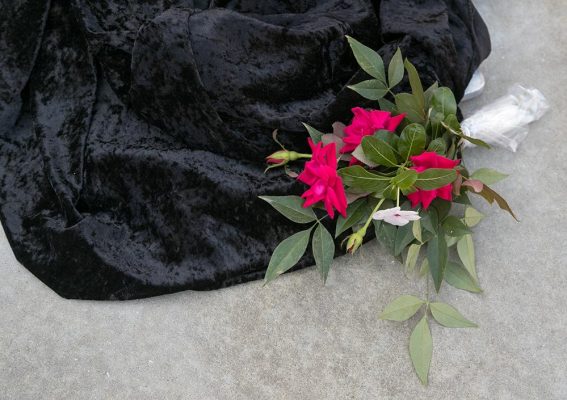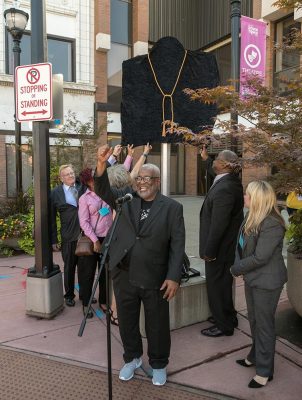On Good Friday, April 13, 1906, Springfield and Greene County had a thriving population of African American professionals, business owners, and community leaders. Tragically, by the early hours of Easter Sunday, the city had been overwhelmed by hate and violence because of a false allegation that two black men, Horace. B. Duncan and Fred Coker, had assaulted a white woman.
A lynch mob was formed, and the two men had been taken to the county jail for their protection. A third young African-American man, William Allen, was already in the jail. The mob broke into the jail and took Duncan and Coker to the city square where they were hanged from the Gottfried Tower, an iron structure topped with a replica of the Statue of Liberty.
Not satisfied with lynching the two men, the mob returned to the jail and brought Allen to be lynched. By Easter Sunday morning, all that remained was a pile of ashes and the men’s burned bodies. A crowd of thousands had watched this horror.
Fearing further violence, many African Americans left the city, some never to return. After the lynching, a grand jury met and indicted eighteen men who were involved in the incident. One man was brought to trial, but no one was ever convicted of these murders.
Lynching in America – Park Central Square Marker, Side B
Thousands of black people were the victims of lynching in the United States between 1877 and 1950. The lynching of African Americans during this era was a form of racial terrorism intended to intimidate black people and enforce racial hierarchy and segregation. After the Civil War, violent resistance to equal rights for African Americans led to fatal violence against black women, men, and children accused of violating social customs, engaging in interracial relationships, or committing crimes. Community leaders who spoke against this violence were themselves often targeted by mobs. Racial lynching became the most public and notorious form of subordination directed at black people and was frequently tolerated or even supported by law enforcement and elected officials. White mobs were usually permitted to engage in brutal violence with impunity. Many black people were pulled out of jails or given over to mobs by law enforcement officials who were legally required to protect them. Lynchings often included burnings and mutilation, sometimes in front of crowds numbering in the thousands. Many of the victims of these acts of violence were not recorded by name and remain unknown, but over 50 lynchings have been documented in Missouri alone, with at least three having taken place in Greene County.
The Equal Justice Initiative 2019






